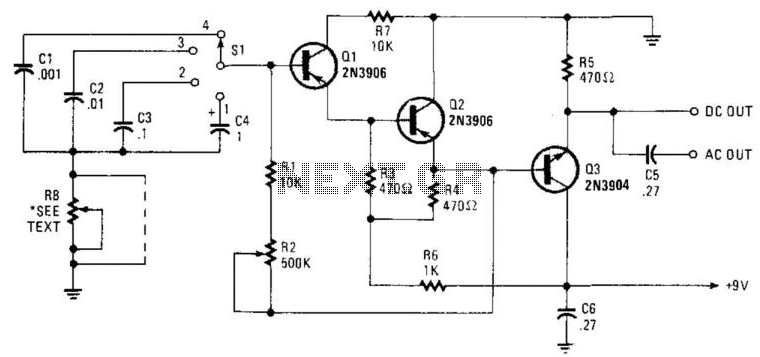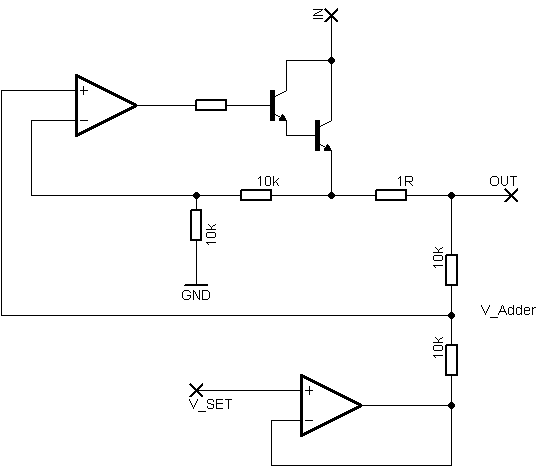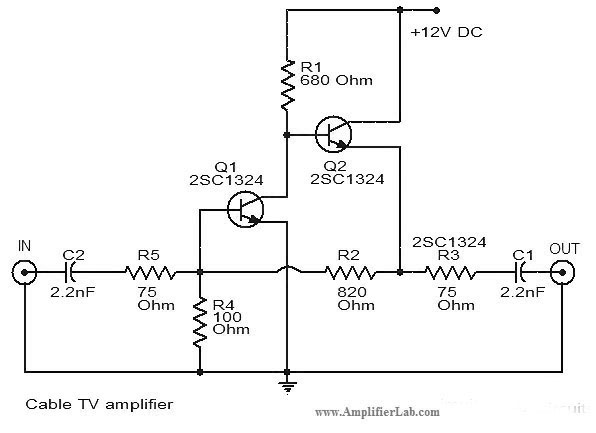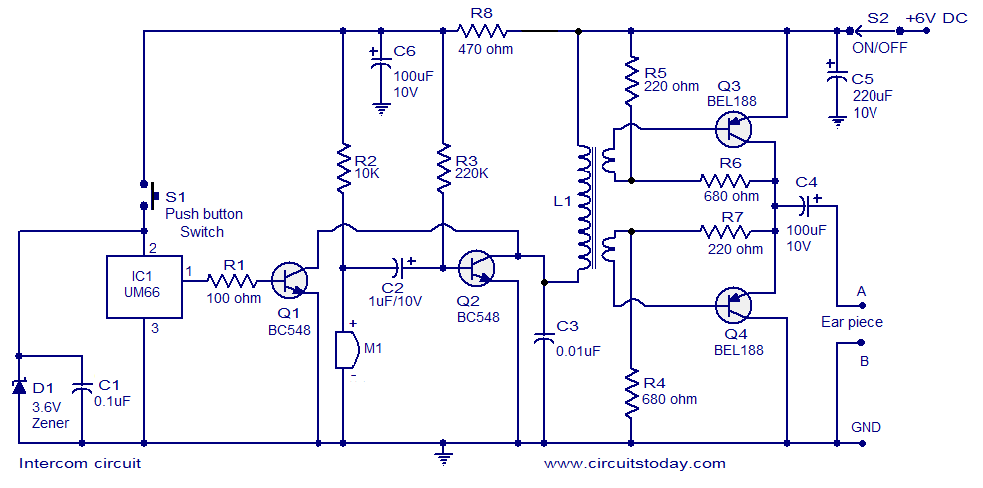
Transistor quality checker with buzzer
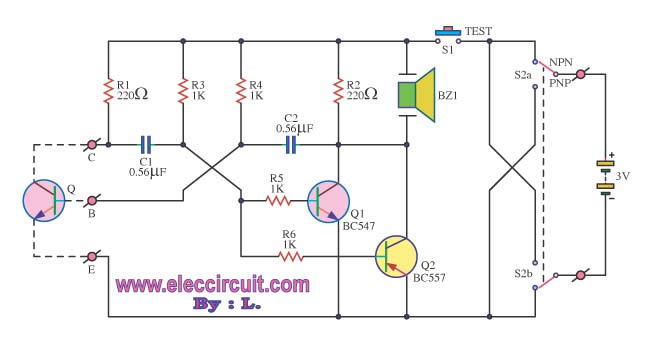
The transistor was checked by measuring the resistance between its various pins. Occasionally, issues arise when measuring the resistance between them.
The process of measuring resistance in a transistor is an essential diagnostic technique used to evaluate its functionality. A transistor typically has three terminals: the collector (C), the base (B), and the emitter (E). The resistance measurements between these terminals can provide insights into the operational status of the device.
When conducting resistance measurements, a digital multimeter (DMM) is commonly utilized. The multimeter is set to the resistance (ohm) mode, and the probes are placed on the respective terminals. For example, measuring the resistance between the base and emitter terminals (R_BE) should yield a low resistance value in the forward-biased condition and a high resistance in the reverse-biased condition. Similarly, measuring the collector-emitter resistance (R_CE) can indicate whether the transistor is functioning correctly; a low resistance suggests that the transistor is in saturation, while a high resistance indicates it is in cutoff.
Common issues that may arise during these measurements include open circuits, short circuits, or unexpected resistance values, which could indicate a faulty transistor. If the resistance readings are inconsistent or outside the expected range, further testing or replacement of the transistor may be necessary. It is also important to ensure that the transistor is not connected to any circuit during resistance measurements to prevent erroneous readings.
In summary, measuring the resistance between the pins of a transistor is a critical step in troubleshooting and ensuring the reliability of electronic circuits. Understanding the expected resistance values and conditions can aid in identifying potential problems and maintaining circuit integrity.You checked the transistor by measuring the resistance between the different pins. Sometimes it has problems, such as when measuring the resistance between the. 🔗 External reference
The process of measuring resistance in a transistor is an essential diagnostic technique used to evaluate its functionality. A transistor typically has three terminals: the collector (C), the base (B), and the emitter (E). The resistance measurements between these terminals can provide insights into the operational status of the device.
When conducting resistance measurements, a digital multimeter (DMM) is commonly utilized. The multimeter is set to the resistance (ohm) mode, and the probes are placed on the respective terminals. For example, measuring the resistance between the base and emitter terminals (R_BE) should yield a low resistance value in the forward-biased condition and a high resistance in the reverse-biased condition. Similarly, measuring the collector-emitter resistance (R_CE) can indicate whether the transistor is functioning correctly; a low resistance suggests that the transistor is in saturation, while a high resistance indicates it is in cutoff.
Common issues that may arise during these measurements include open circuits, short circuits, or unexpected resistance values, which could indicate a faulty transistor. If the resistance readings are inconsistent or outside the expected range, further testing or replacement of the transistor may be necessary. It is also important to ensure that the transistor is not connected to any circuit during resistance measurements to prevent erroneous readings.
In summary, measuring the resistance between the pins of a transistor is a critical step in troubleshooting and ensuring the reliability of electronic circuits. Understanding the expected resistance values and conditions can aid in identifying potential problems and maintaining circuit integrity.You checked the transistor by measuring the resistance between the different pins. Sometimes it has problems, such as when measuring the resistance between the. 🔗 External reference

